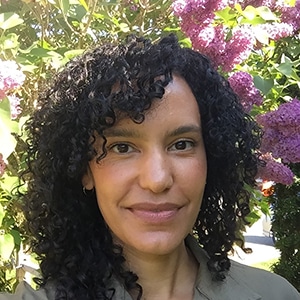Create an effective school strategic plan for K-12 with your community’s insights










How Education Leaders are Achieving Their Goals: District Strategy
Savvy education leaders use ThoughtExchange to create strategic plans that work, improve financial efficiency, and build a supportive community culture.
Creating effective K-12 district strategic plans

Reimagining Bristol Public School District
Surveys allow districts to isolate supported thoughts
With a robust survey platform built right into ThoughtExchange, you don’t need a third-party product to use alongside Exchanges. From quick quantitative data to an in-depth qualitative discussion, you’ll have all your data in one place.
Rather than conducting localized surveys at each school or hosting 14 separate town halls, BPS got everyone involved in one discussion. Using Survey questions in their Exchange, BPS drilled down into thoughts from specific schools and prioritized aspects of their plan, particularly around school closures, accordingly.
This Exchange saved BPS hours of planning, meetings, and analysis while making it easier and more convenient for their community to weigh in.
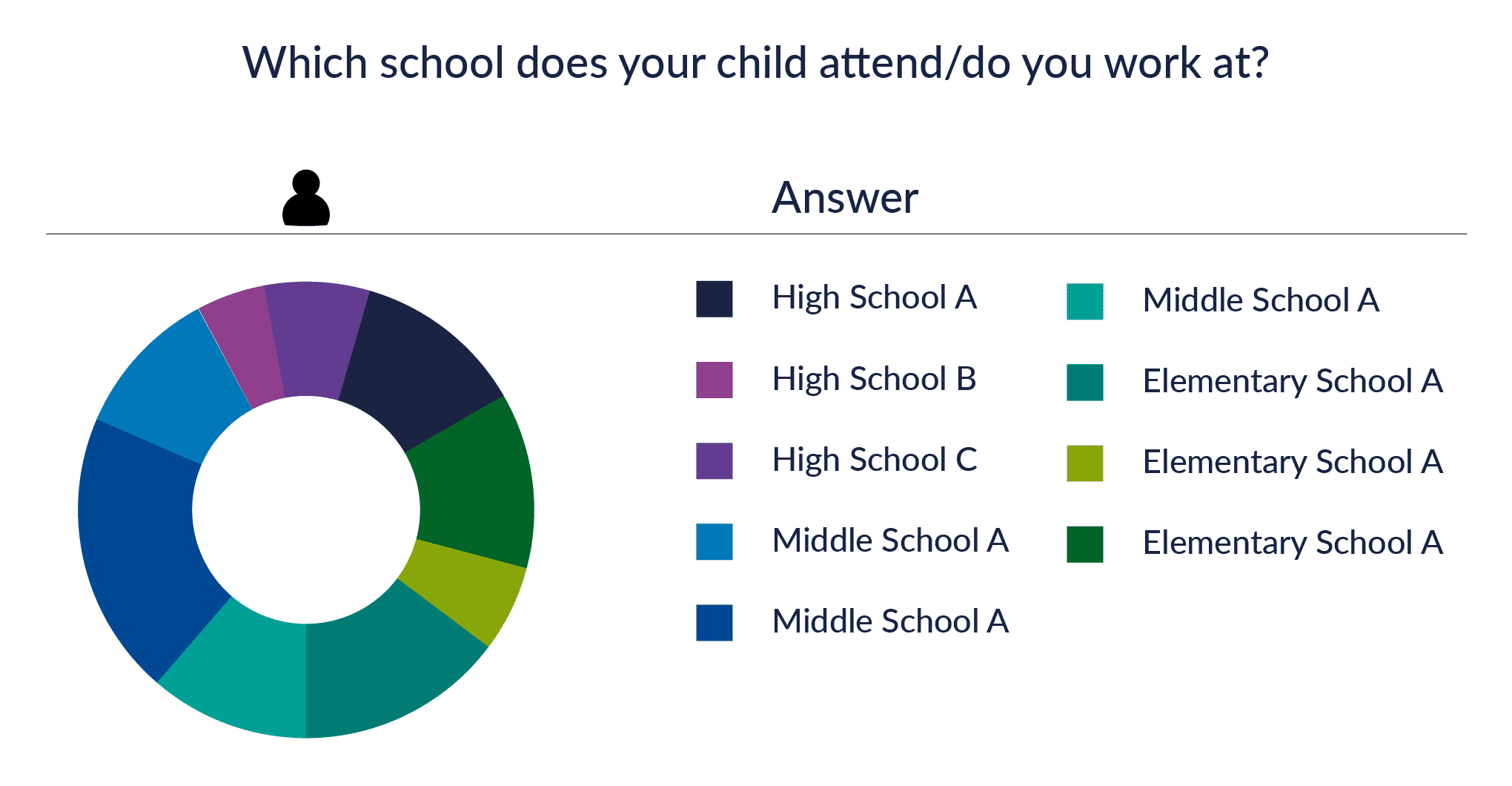
Tackling K-12 strategic planning challenges
Strategic planning for K-12 can be challenging. But, savvy leaders know that educational partner insights are key to their success. But how do you ensure you include all voices in the conversation—especially when dealing with a large and disparate group?
A comprehensive survey and engagement platform like ThoughtExchange can help. You’ll get survey and Exchange capabilities all in one place, so you get the data you need when you need it.
Ramapo Indian Hills taps into educational partner insights
When Dr. Rui Dionisio became superintendent at Ramapo Indian Hills in 2021; he knew he’d need to engage his community to create a supported, successful strategic plan.
ThoughtExchange allowed Dr. Dionisio to gain insights from over 400 faculty and staff, 2,000 students and 40,000 community members quickly and easily—and synthesize their ideas into an effective district strategic plan.
Survey questions and multilingual capabilities highlight priorities
Using ThoughtExchange, Dr. Dionisio gathered rich insights in less time, made supported decisions based on the best ideas, and heard every voice while creating transparent, fair, empathetic conversations.
Through a series of Exchanges, Dr. Dionisio engaged with:
- 25 strategic planning committee members,
- 400 faculty and staff,
- 40,956 community members,
- And 2,244 students
Survey questions helped Dr. Dionisio isolate supported thoughts, giving him insights on priorities. And multi-language capabilities allowed him to hear from all community members.

Improving LCAP engagement and reporting efficiency
Saddleback Valley USD cut weeks from its LCAP process
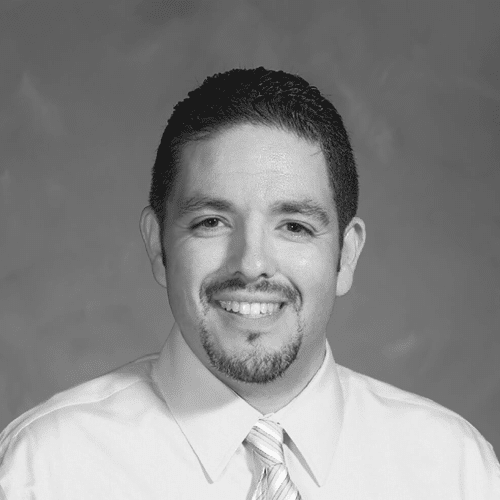
Themes feature helps SVUSD translate thoughts into action
Themes help organize and rank participants’ responses, quickly revealing the topics the community cares about most. SVUSD’s district coordinator noted that he’s “able to go through the thoughts quickly, or [he] can spend more time delving into the nuance.”
While surveys can show the frequency of a theme or keyword, ThoughtExchange takes it further by also showing how those themes are rated. In SVUSD’s engagement Exchanges, some themes were much more frequent, but participant ratings showed that less frequent themes were just as important—nuanced data a survey would have missed.
With ThoughtExchange, leaders have access to survey and Exchange technology in one place, so they can get the data they need quickly and easily, whether they’re engaging 10 or 10,000 educational partners.
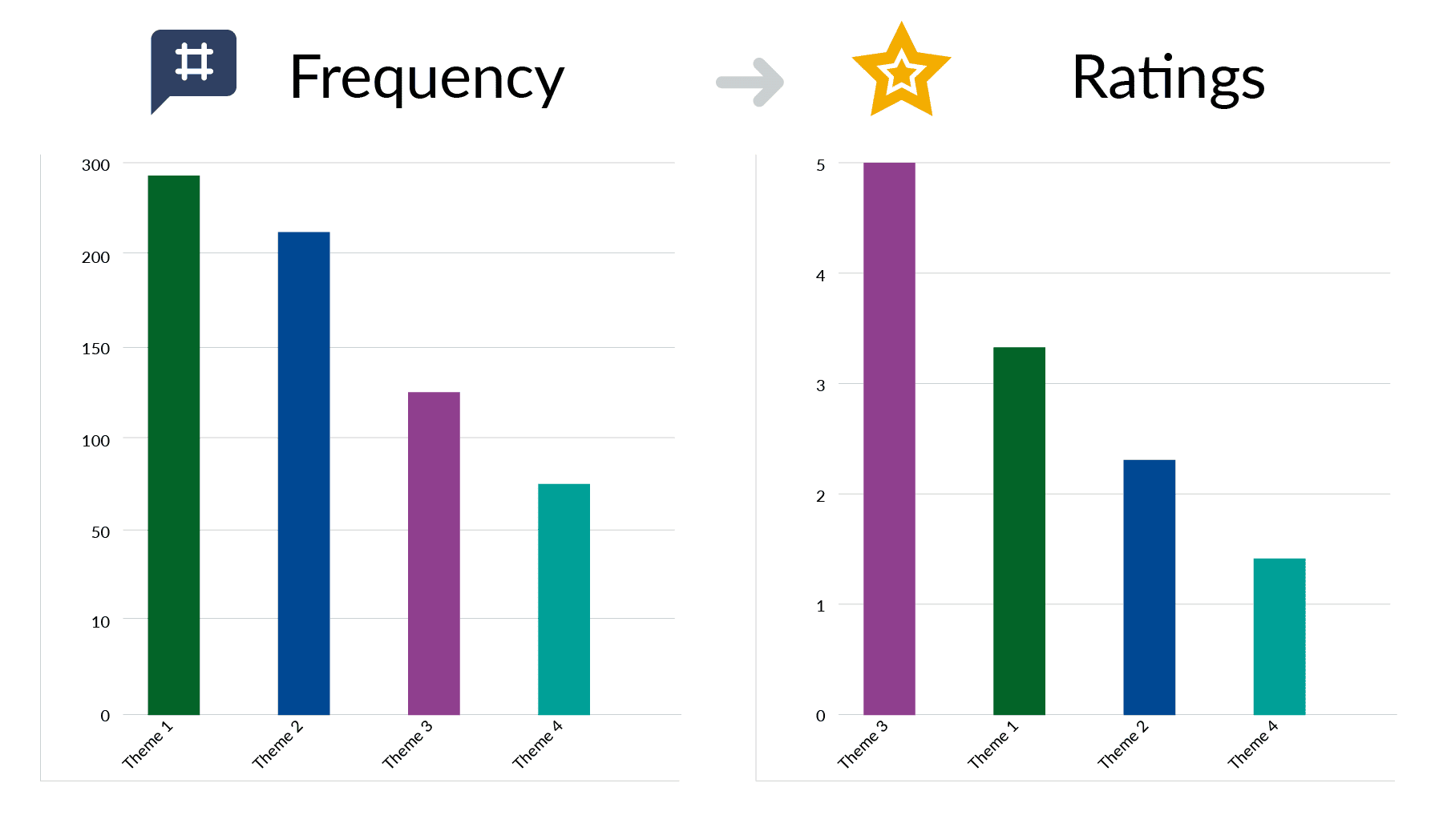
Optimizing your district’s strategy with ThoughtExchange
Whether your district is working to improve aging infrastructure and facilities, create a strategic budget, or engage the community, you’ll want to hear from the people who matter most.
With survey and Exchange technology in one easy-to-use platform—And unique features like Survey questions to analyze groups, Multi-language capabilities to hear from everyone, and Themes to translate thoughts into action, ThoughtExchange helps education leaders uncover their district’s needs and implement more effective strategic plans.
Author’s note: This post was originally published on October 26, 2022, and has been updated for accuracy and relevance.

